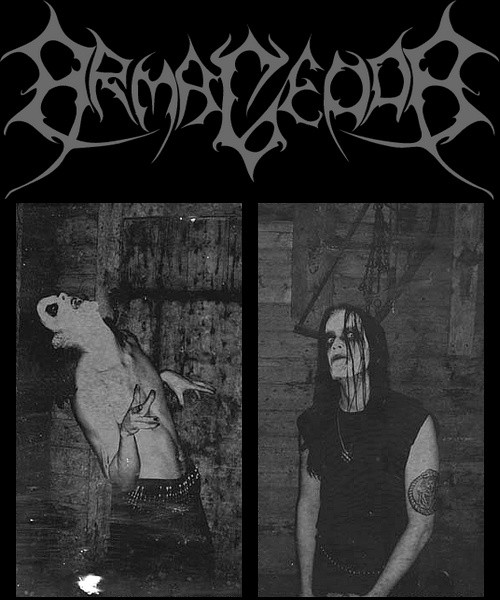
(All the way from sunny Norway, our blog brother Gorger is back, this time with a special mid-week edition of our usual Sunday column focusing on metal from the past. To find more of Gorger’s writings, type “Gorger” in our search bar or visit Gorger’s Metal.)
In Norway, pilsner, a light golden beer with a mild and refreshing taste, an eponymous brand originated in the Czech area of Plzeň, or Pilsen if you will, has by far been the beer of choice for most people for decades.
As a white wine of beers (not that it’s weissbier (wheat beer), it’s rather a pale lager), not too unlike Heineken, Budweiser, Miller Genuine Draft, or perhaps Miller Lite, I’d suppose. It’s an unrivaled thirst quencher, but for those moments when you want to enjoy some rich flavored beer, some of us have always turned to the red wine of beers, bayer (a dark lager), ale, porter, and such.
Beer is metal, but it’s not music, so by now, you’re undoubtedly wandering just what the hell this has got to to with metal. As darker, tastier types of beer have grown in popularity over the past few years, and micro breweries have popped up everywhere, we’ve seen a rash of bearded hipsters enjoying it. And whilst it’s a positive thing, it also accumulates that angered feeling of “why the hell didn’t you drink it ten years ago, like some of us did, if it’s so tasty, you fucking pussy”.
Similarly, we all have some obscure underground gems that we almost keep to ourselves, and only sport whence appropriate. If these became majorly famed, hell even trendy, that would undeniably ruin some of their magic, right? Still, I feel like I’ve had these bands to myself for ages, and time is ripe for sharing the murky grandeur with you all. Besides, this music ain’t becoming totally mainstream any time soon anyway. Brace yourself for a true pitch black attack! Continue reading »


